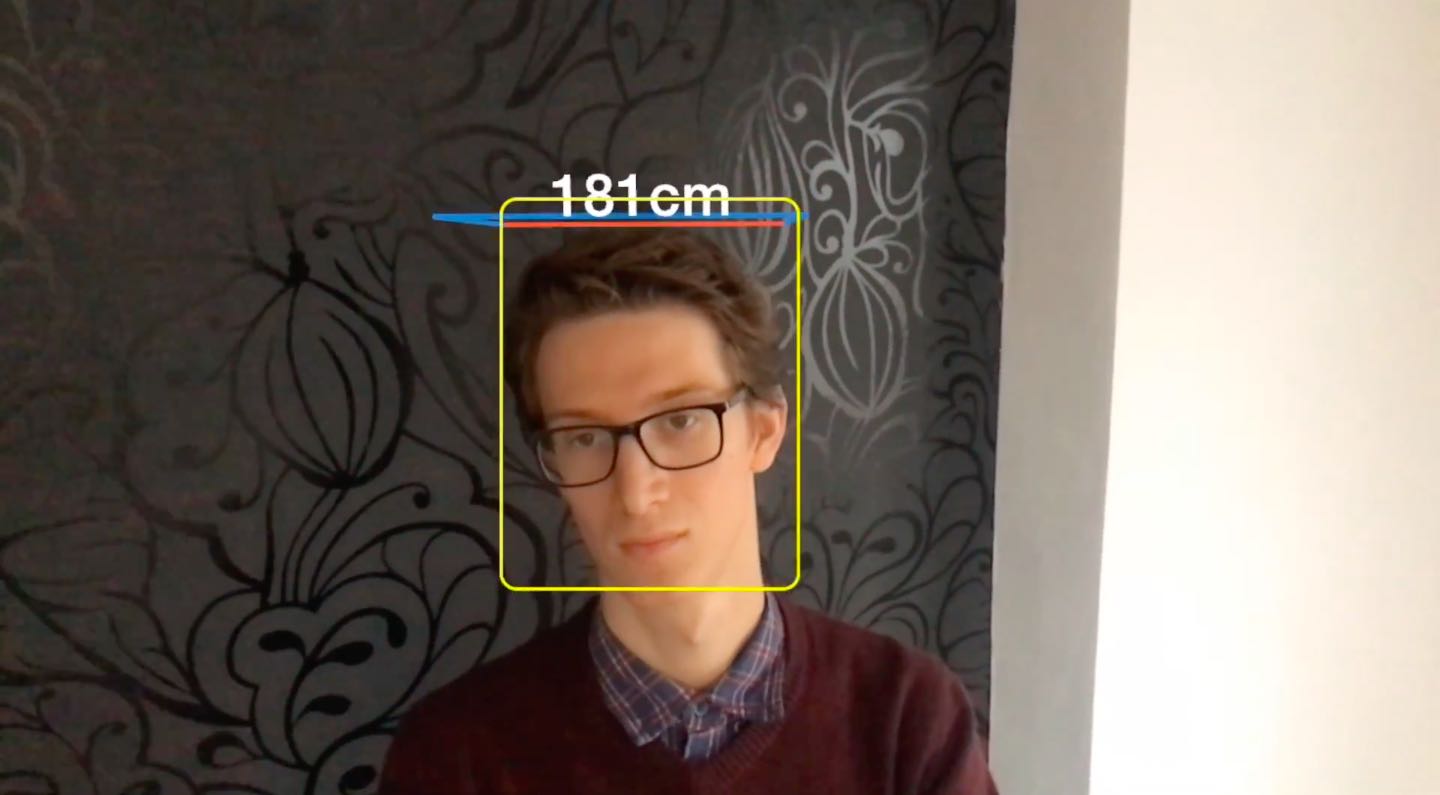Samsung’s next flagship Galaxy device is apparently not expected to include a Light Detection and Ranging (LiDAR) sensor which debuted on the Galaxy Note back in 2019 because the technology’s level of use reportedly failed to meet the company’s internal expectation.
STORY HIGHLIGHTS:
- Samsung thought LiDAR would boost its smartphone camera.
- The tech reportedly did not meet the internal expectations.
- Samsung thinks LiDAR lacks applications that “can induce” users.
- The company may not use LiDAR on the next flagship Galaxy device.

No LiDAR on the Galaxy S22
After spending a lot of effort to market augmented reality (AR) features, Samsung’s removed the time-of-flight camera from the Galaxy S20 after introducing it in the Galaxy Note 10 because “the technology’s level of use did not meet Samsung’s expectation” and lacked features that “can induce” customers, says a new report from Korea IT News:
However, Samsung Electronics decided to look into using the technology once again when Apple applied the technology for the iPhone 12 that was released in the fall last year. Ultimately, it decided not to apply the technology for the Galaxy S22 due to lack of clear advantages of the technology.
And now, Samsung is said to remove LiDAR technology from its next flagship Galaxy.
Samsung Electronics has decided not to integrate the technology into the Galaxy S22 that is expected to be released in the first quarter next year. Although the company had been looking into the possibility, it recently decided not to pursue the possibility.
The South Korean chaebol recently teased that what it called “its most powerful Galaxy device” is coming at the upcoming April 28 Unpacked event.
Ways Apple is using LiDAR
Apple currently uses LiDAR to improve certain photography features on the iPhone 12 Pro and iPhone 12 Pro Max. LiDAR enables faster autofocus and powers enhanced depth-of-field photography. It also makes possible Portrait modes in Night Mode. Accurate 3D depth data created by the iPhone’s LiDAR also improves augmented reality implementation and powers precise measurement features in Apple’s Measure app.
The LiDAR sensor is made for Apple exclusively by Sony.

Apple’s LiDAR scanner is found on the rear of the iPhone 12 Pro, iPhone 12 Pro Max and 2020 iPad Pro. It has an effective range of approximately 16 feet or about five meters.
→ How to use Apple’s Measure app
Despite the limited use of LiDAR technology on current devices, Apple will likely put LiDAR sensors in more devices over time. The company is known for adding new hardware components to gadgets as a way of future-proofing products.
For instance, similar to Touch ID, Face ID debuted on the iPhone before expanding to higher-end iPads and eventually coming to the Mac. In that regard, LiDAR could prove a crucial piece of technology for Apple’s rumored mixed reality headset.
What is LiDAR technology?
Apple’s LiDAR scanner is a miniaturized version of existing technology used to create digital three-dimensional representations of physical areas, such as the earth’s surface and ocean bottom. LiDAR uses so-called time-of-flight calculations to determine variable distance.
This works by firing an invisible laser at an object and then measuring the time for the reflected light to return to the receiver. LiDAR is commonly used for control and navigation for some autonomous cars, including the Apple Maps. LiDAR technology also powered computer vision on NASA’s “Perseverance” rover, allowing it to navigate itself during Mars landing.